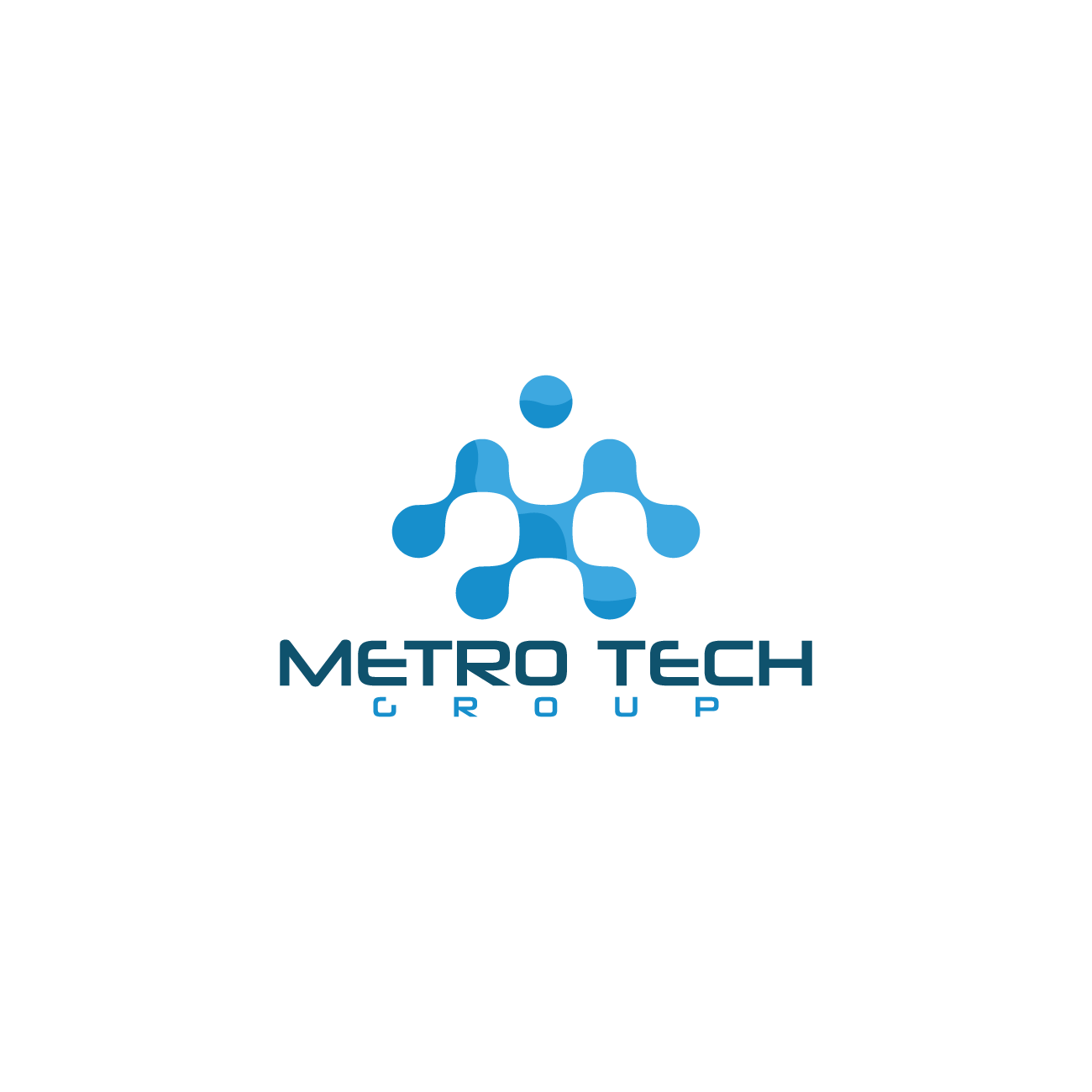What’s the Difference Between On-Premise and Cloud-Based Business IT Solutions?
Choosing the right IT solution for your business can be overwhelming, especially when faced with the decision between on-premise and cloud-based options. Each offers distinct advantages and challenges, and understanding these can help you make an informed choice. In this blog, we'll explore the critical differences between these two IT solutions.
Understanding On-Premise IT Solutions
On-premise solutions involve deploying software and infrastructure within a company's own facilities. This setup allows businesses to maintain full control over their systems but requires significant investment in hardware and maintenance.
Managing everything internally means you have your servers on-site, which can be a positive aspect if you have specific regulatory compliances to adhere to. With complete control, you can tailor your IT environment to perfectly suit your business processes. However, this also means any updates, upgrades, or fixes fall on your shoulders.
Despite its control benefits, the on-premise setup might introduce challenges such as high initial costs and extended deployment times. Additionally, the need for internal IT expertise is a crucial component.
Exploring Cloud-Based IT Solutions
Cloud-based solutions offer services via the internet, eliminating the need for physical hardware. This approach provides flexibility and scalability, making it suitable for businesses looking to expand or modify their operations quickly.
Think of cloud solutions as subscription-based – where you pay for what you use. This makes them incredibly cost-effective for many businesses, including startups. Moreover, cloud environments are updated automatically, ensuring access to the latest features without manual intervention.
Cloud-based solutions stand out for their accessibility. As long as there's an internet connection, your employees can access necessary tools and data, facilitating remote work and collaboration across different geographical locations.
With cloud solutions, you can easily add or reduce resources based on current requirements, providing flexibility as your business evolves. However, this convenience does come with the implication of relying on external providers for data security and service stability.
Key Differences: Cost and Maintenance
On-premise solutions demand upfront investment in hardware and ongoing maintenance costs, whereas cloud-based solutions usually involve a subscription model with lower initial expenses. Consider your budget to determine the best fit.
Cost is a major factor that sets these two solutions apart. With on-premise, you pay a large sum upfront but can avoid recurrent costs. On the flip side, cloud solutions offer a pay-as-you-go model, which can align costs more closely with actual usage.
When comparing maintenance, cloud solutions typically win on efficiency. Providers handle routine maintenance, freeing internal resources for more strategic tasks. Conversely, on-premise systems require dedicated personnel for upkeep.
Key Differences: Security and Control
While on-premise solutions provide greater control over your data and security protocols, cloud-based solutions offer robust security managed by providers. Your choice may depend on how critical control and data security are to your business.
With on-premise systems, the responsibility for safeguarding data is 100% yours. That means investing in robust cybersecurity measures, which are vital but can be resource-intensive.
Cloud providers often employ higher-end security solutions than what a single company might implement alone. However, surrendering data control to third parties requires trust and understanding of shared responsibility models.
Key Differences: Scalability and Flexibility
Cloud solutions are inherently more scalable, allowing businesses to adjust resources based on demand. On-premise solutions can be more rigid, often requiring additional hardware for scaling.
Flexibility is another area where cloud services shine. They enable businesses to pivot quickly without needing substantial IT infrastructure changes. This is particularly advantageous in fast-paced industries.
With on-premise solutions, scaling often involves physical adjustments, such as purchasing new hardware, which can be costly and time-consuming. Cloud solutions offer a more seamless approach here.
Deciding What's Best for Your Business IT Needs
Assess your company's specific needs, budget, and strategic goals to choose between on-premise and cloud-based IT solutions. Consider consulting with IT professionals to evaluate the pros and cons in the context of your business objectives.
It might be beneficial to conduct a thorough cost-benefit analysis. While initial expenses with cloud solutions are often lower, long-term costs should not be overlooked. On-premise solutions may offer longevity benefits that suit certain business models.
Finally, think about future-proofing. Consider how either option aligns with your business growth plans and technological advancements. Consulting industry experts may provide insights tailored to your unique situation.
Making the Right Choice for Your Business
Both on-premise and cloud-based IT solutions offer unique benefits and come with their own set of challenges. Understanding your business needs and priorities is key to making the right decision. While on-premise solutions offer control and security, cloud-based solutions provide flexibility and scalability. Evaluate your options carefully to align with your company's objectives.

